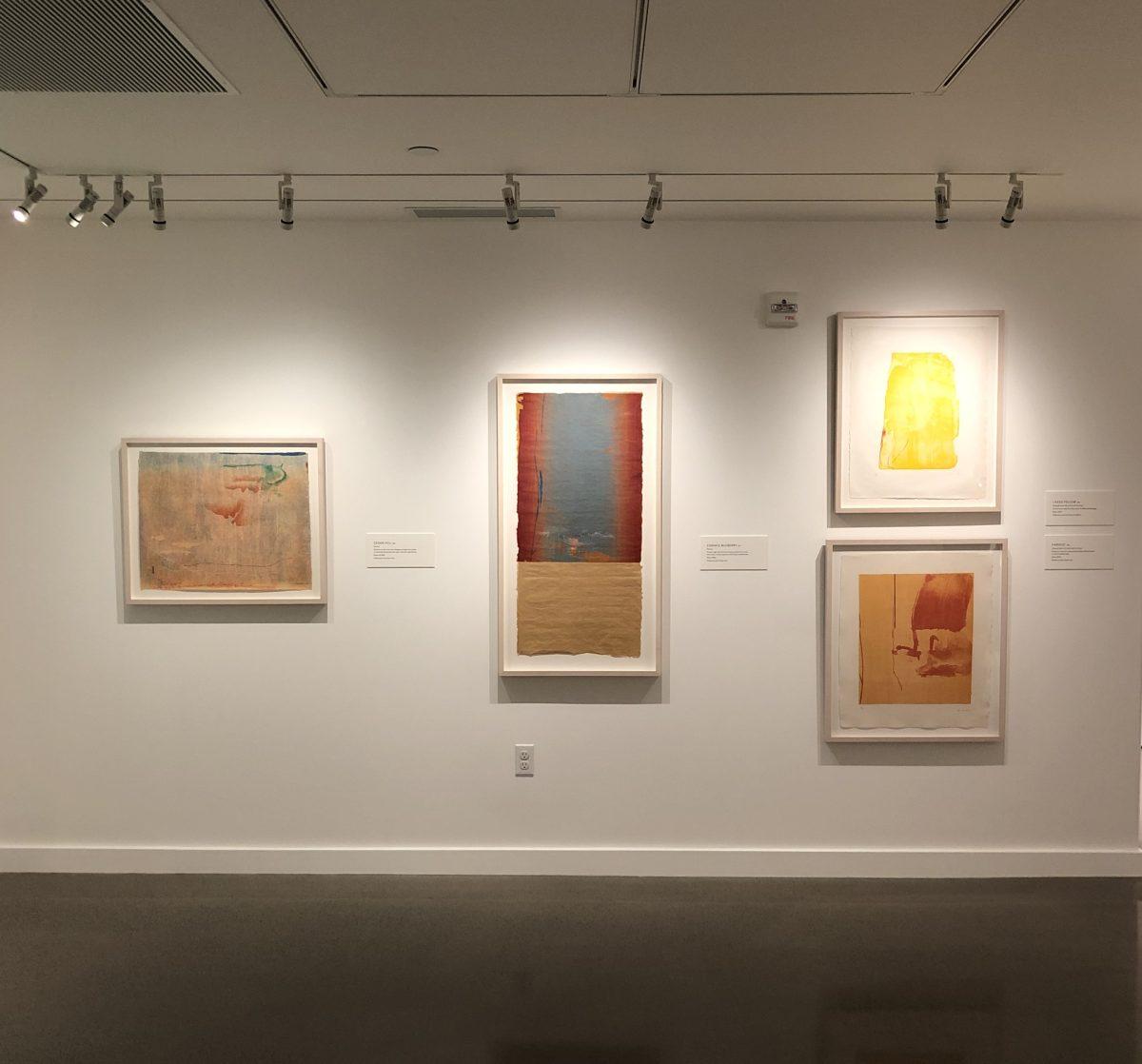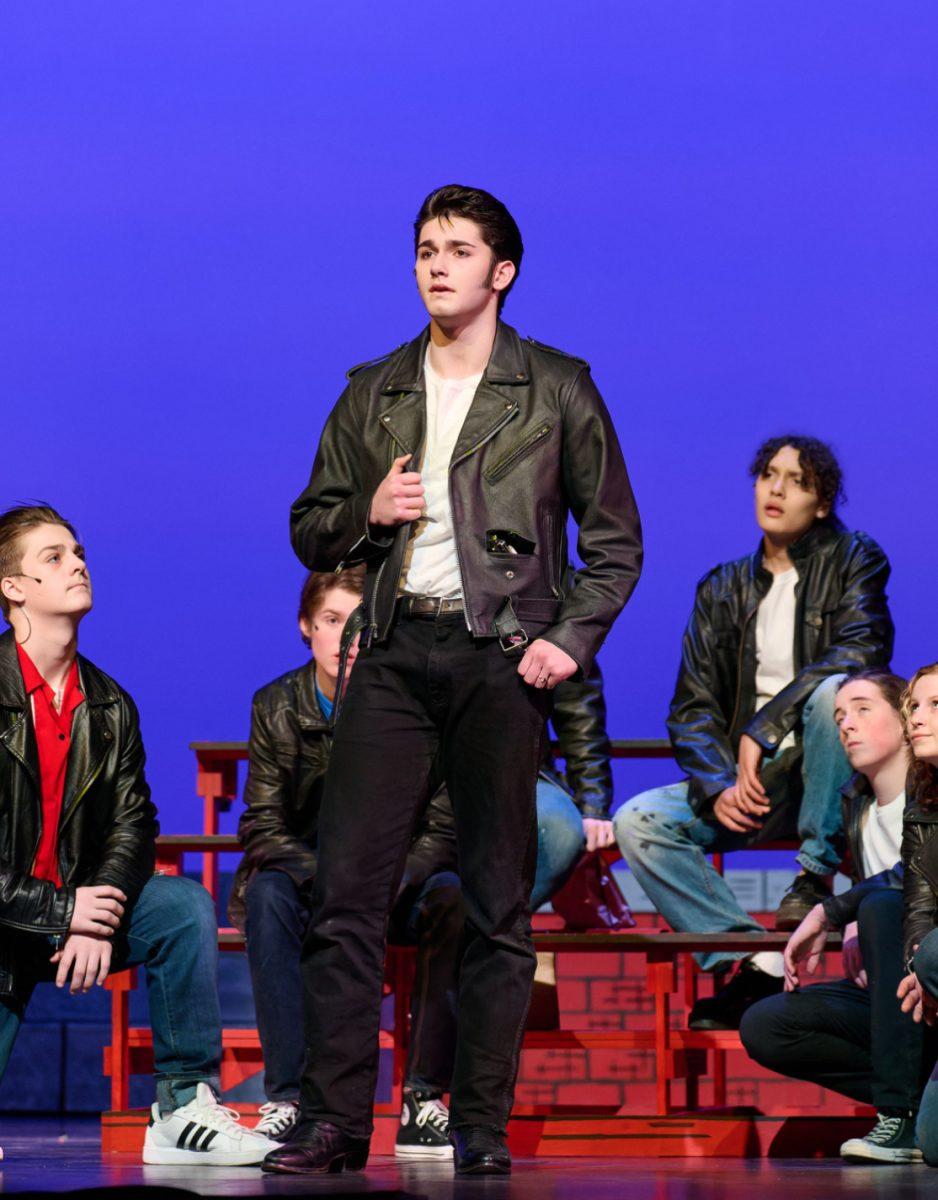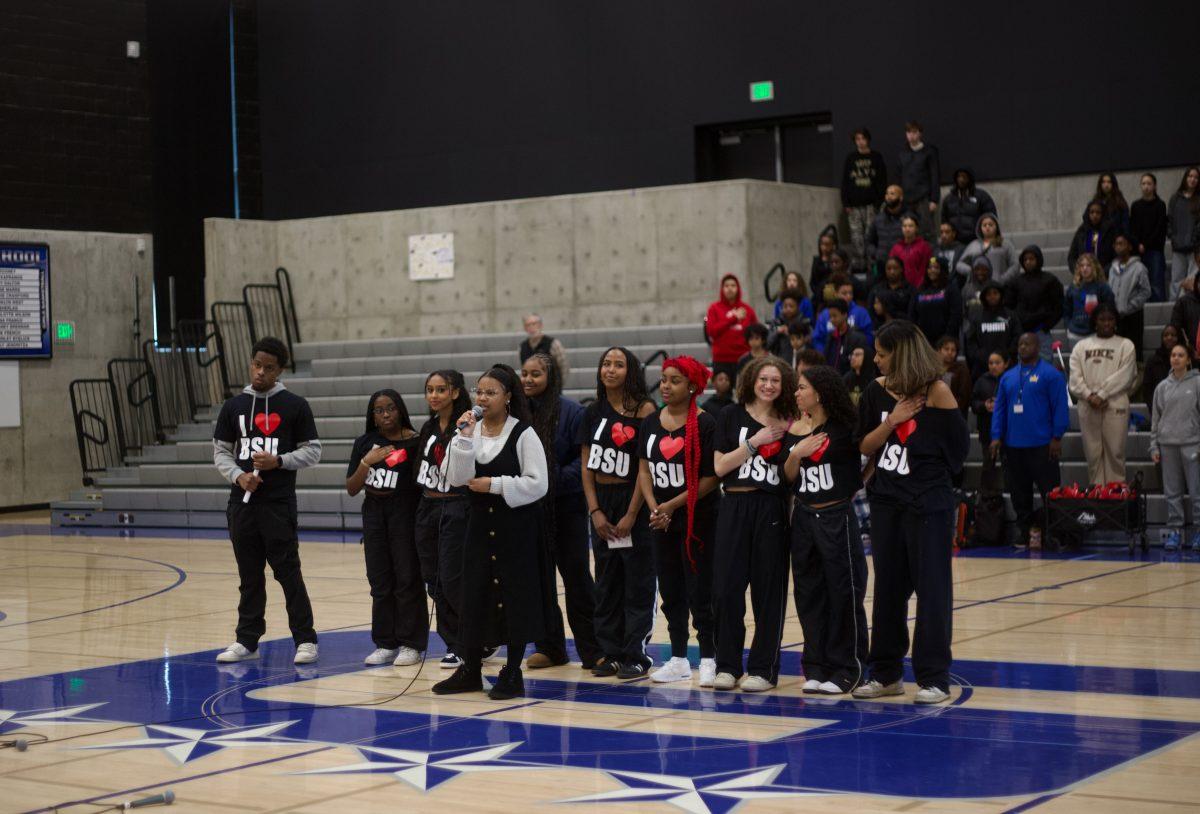
Treading down Grant High School’s main stairs, and into the lower commons, a swarm of students circle a table at the end of the room. A rapidly growing line forms as students stand, eagerly awaiting friendly smiles and tasty treats.
The savory smell of warm mochi lingers in the air, enveloping the crowd. As people are served, they branch off to enjoy their food. It is a time of celebration, with idle laughter echoing through the halls while students prepare traditional food for the Japanese New Year celebration, Mochitsuki.
The event took place on Jan. 18, and was organized by Seitokai, the Japanese Student Council. Seitokai is a student-run organization that is vital to fostering community through educating on and celebrating Japanese culture. They work to maintain student engagement and create a safe space. Their most recent event, Mochitsuki, helped to promote togetherness and created an opportunity for students to find security in the traditions they have celebrated for years.
Seitokai works with both the Japanese Magnet Program (JMP) at Grant as well as the Japanese classes. The events planned by Seitokai create ties to language and culture that are fundamental to the JMP educational curriculum and community. This year, the organization is led by co-presidents, Elise Coffey and Kaley Diaz who are seniors at Grant.
The leaders of Seitokai work hard to organize these celebratory cultural events. Continuing these traditions is of utmost importance. For years, they have helped to foster the celebration and love of Mochitsuki among peers.“In Japan, New Year’s overall is very symbolic… and the Mochitsuki process serves as cultural preservation,” says Diaz.
Since elementary school, students in the Japanese Immersion program have been celebrating Mochitsuki together, creating an environment to explore Japanese culture in school. “I only ever kind of celebrated Mochitsuki at school so my classmates and my teachers were really important in that way,” says Diaz.
The process of making mochi for the event takes place on New Year’s Eve. That night, the rice is soaked, so that it is wet enough to be pounded the next day. Traditionally, the rice would sit in a seiro, a steaming wooden basket frequently used in Japanese cuisine. It is then transferred to an usu, a mortar, to be pounded with mallets. This step requires a lot of group involvement and goes along with the festivities of the day.
This event would not have been possible without the local community: mochi makers were loaned to Seitokai by the Parent Teacher Association (PTA) at Richmond Elementary School, and by a student in the JMP, Kelan Egusa.
This year, those involved made 14 cups of rice and offered a wide variety of toppings. Toppings included kinako, which is a soybean powder, anko, a red bean paste, soy sauce and seaweed. Coffey likes to top her mochi with everything available, while Diaz prefers mochi wrapped in seaweed and soy sauce, or just anko.
Paige Sensei, a Japanese teacher at Grant, passed away in February of 2022 which significantly impacted the Grant community as a whole, and more specifically, the Japanese Immersion Program. Her absence continues to affect the many lives she touched, as she was such an integral part of the curriculum and community.
Coffey says, “We all just wanted to come together and kind of honor her memory.”
The event holds immense cultural significance for the Japanese community, along with personal, social and educational importance. Coffey says, “It’s a way for (students) to not only explore the culture outside of the classroom, but also a way to bring everybody together.”
Mochitsuki has played an essential role in welcoming the New Year dating back to at least the Heian period. It continues to be a fun, community-based tradition that unites people through celebration. Coffey notes that it is open to all that are interested in learning about the tradition — the more the merrier.

































